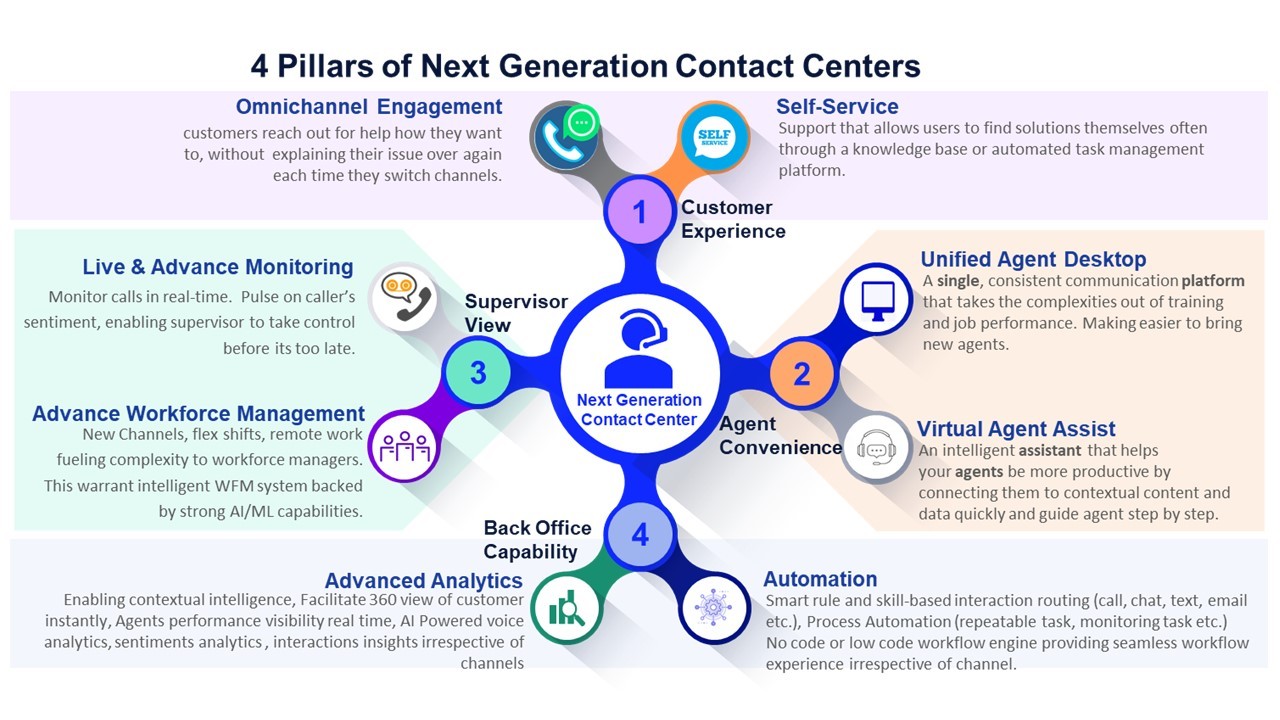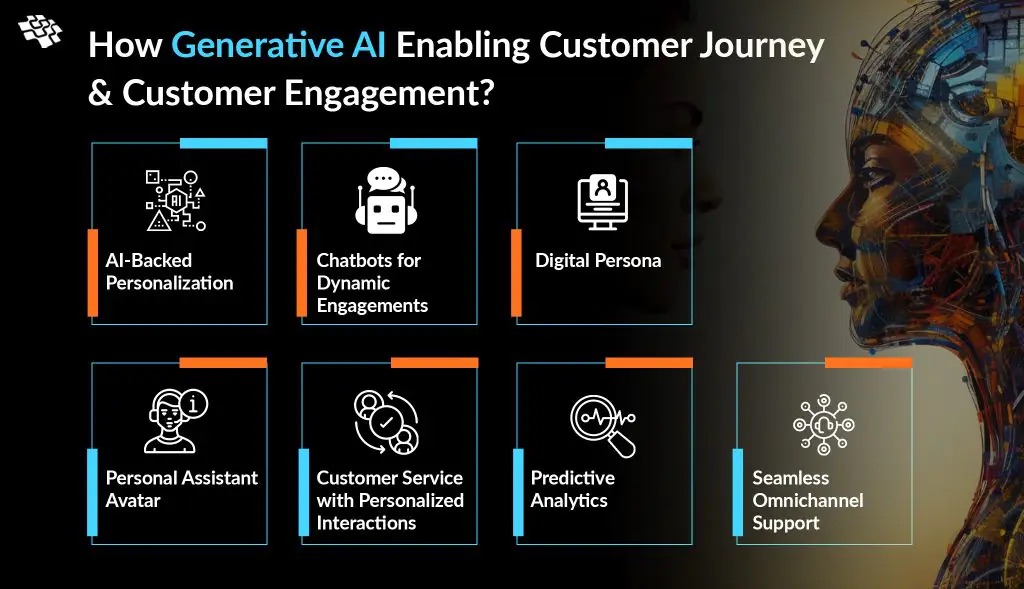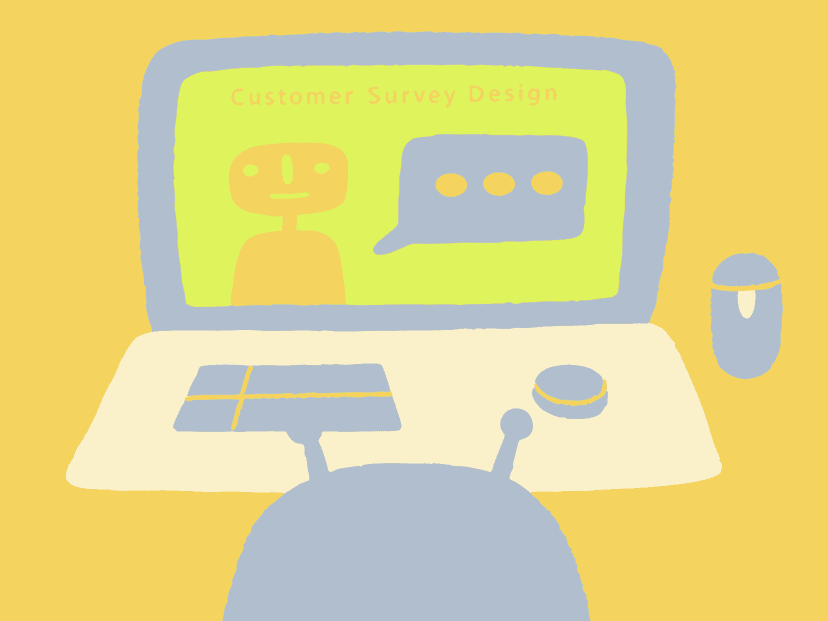Friday, February 7, 2025
Next-Gen Customer Survey Tools: AI-Driven Predictive Analytics

The era of static PDF survey reports is over. Leading enterprises now deploy self-learning survey ecosystems that automatically adjust question logic, analyze emotional subtext, and predict customer behavior with impressive accuracy. Let's dissect how modern tools create closed-loop intelligence.
The AI-Powered Survey Stack

Platforms like Zendesk's Experience Hub are embedding neural sentiment processors that detect nuanced frustration markers often invisible to traditional Net Promoter Score systems. These processors represent a significant leap from simple keyword analysis to sophisticated emotion detection, understanding not just what customers say but how they feel . Imagine a scenario where a retail client implemented this technology and witnessed a 42% reduction in churn prediction errors by correlating survey timestamps with support ticket volumes. This is conversational intelligence in action, transforming raw interactions into actionable forecasts.
This evolution requires a robust technological backbone. Power Automate steps in to transform raw data through a series of automated processes:
-
Auto-classification workflows, intelligently tagging open-text responses to categorize feedback efficiently.
-
Dynamic routing of urgent feedback, ensuring critical issues are immediately addressed by the relevant teams, reducing response times drastically.
-
Bias detection algorithms, flagging skewed samples to maintain data integrity, particularly important in ensuring fair and representative insights.
These components don't exist in isolation; they form an interconnected ecosystem. Consider a "next-generation Customer Relationship Management" which integrates cloud-based solutions, artificial intelligence, and data management platforms to offer comprehensive support across various sectors. A visual representation of this interconnectedness could be a survey tech stack architecture, illustrating how different components interact.
Measuring What Matters

Moving beyond basic completion rates, progressive teams now track sophisticated metrics that provide a deeper understanding of customer engagement. These include:
-
Contextual drop-off heatmaps: Revealing precisely where mobile users abandon surveys, allowing for optimization of survey length and format.
-
Sentiment volatility scores: Measuring emotional consistency to identify potentially unreliable or exaggerated responses.
-
Predictive Customer Satisfaction (CSAT): Using historical data patterns to forecast future satisfaction levels, enabling proactive interventions.
By adopting these advanced methods, businesses can identify opportunities to improve customer service, tailor product development, and strengthen customer relationships . A real-world example demonstrates the potential of these techniques: Analyzing micro-expressions in video surveys has been shown to increase feature request validation accuracy by 63%.
The Ethical Edge
As AI becomes more pervasive, ethical considerations become paramount. With a substantial percentage of consumers expressing distrust towards AI survey tools, transparency and accountability are crucial [3]. Leading organizations are implementing:
-
Blockchain audit trails: Ensuring response authenticity and preventing manipulation, increasing trust in the data.
-
Transparency dashboards: Visualizing AI decision paths to show how insights are derived, fostering user understanding and confidence.
-
Dynamic consent management: Adapting to regional regulations and providing granular control over data usage, ensuring compliance and respecting user privacy.
This focus on ethics is not just about compliance; it's about building trust with customers. By prioritizing transparency and security, companies can overcome consumer skepticism and unlock the full potential of next-generation customer intelligence. As Total Expert, a customer engagement platform, put it, financial institutions can leverage customer intelligence to understand customer needs and deliver personalized messaging.
Ultimately, the evolution turns surveys from retrospective reports into living customer intelligence systems. As conversational AI merges with behavioral economics, the next frontier is predictive experience design – where surveys not only measure but actively shape customer journeys. The next-generation customer experience requires the adept utilization of advanced technologies and data. In this environment, customer information systems act as intermediaries between data hubs, business requirements, and consumer expectations, enabling more efficient and personalized service.
Related articles



